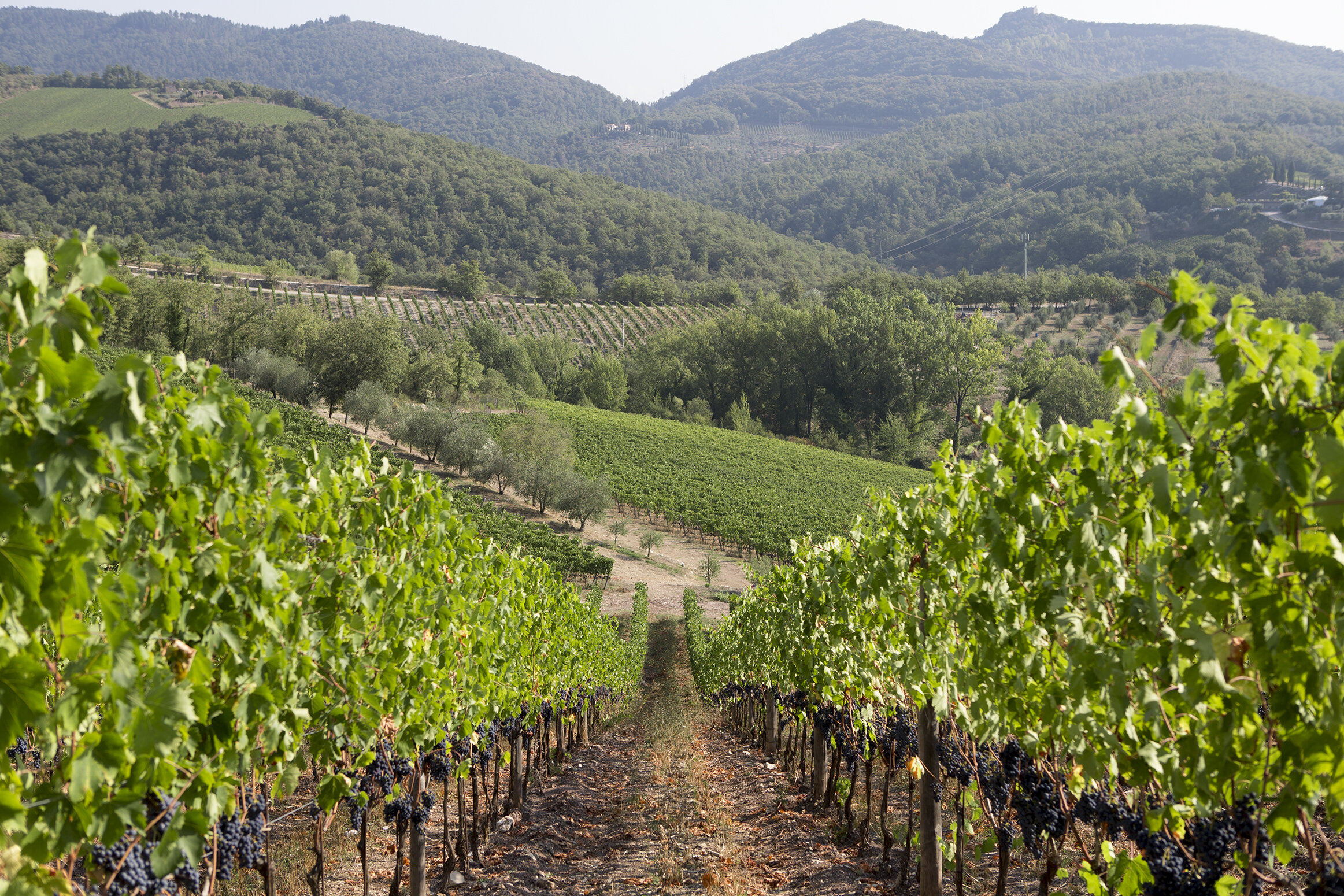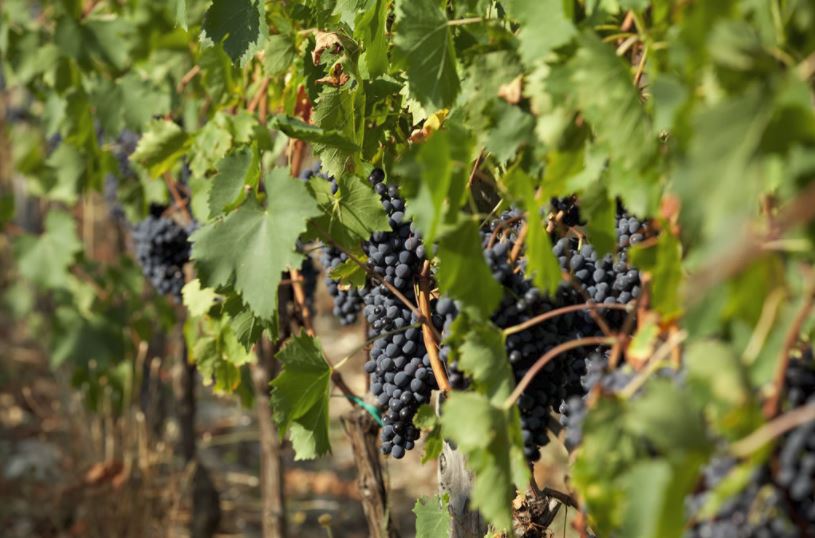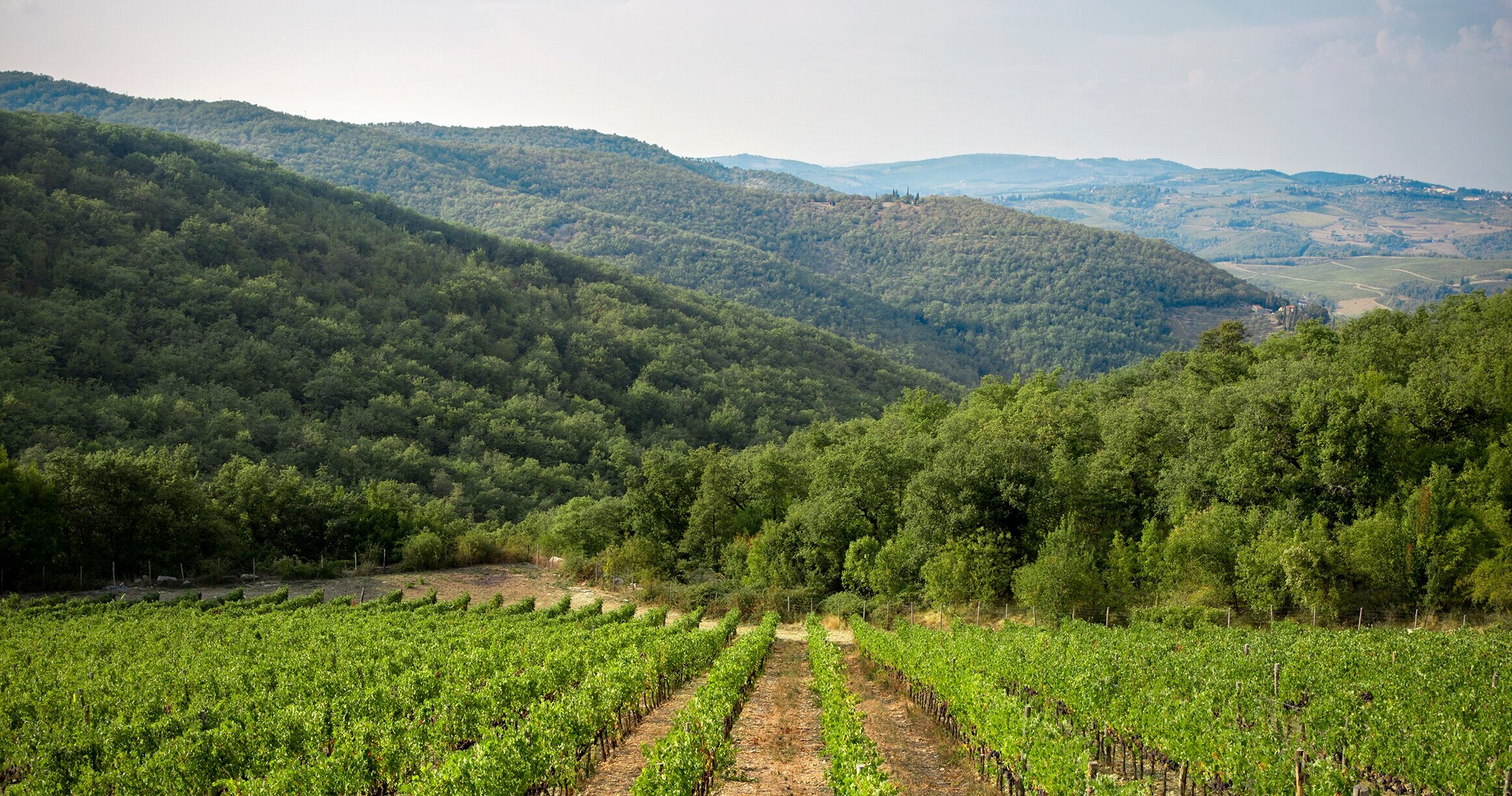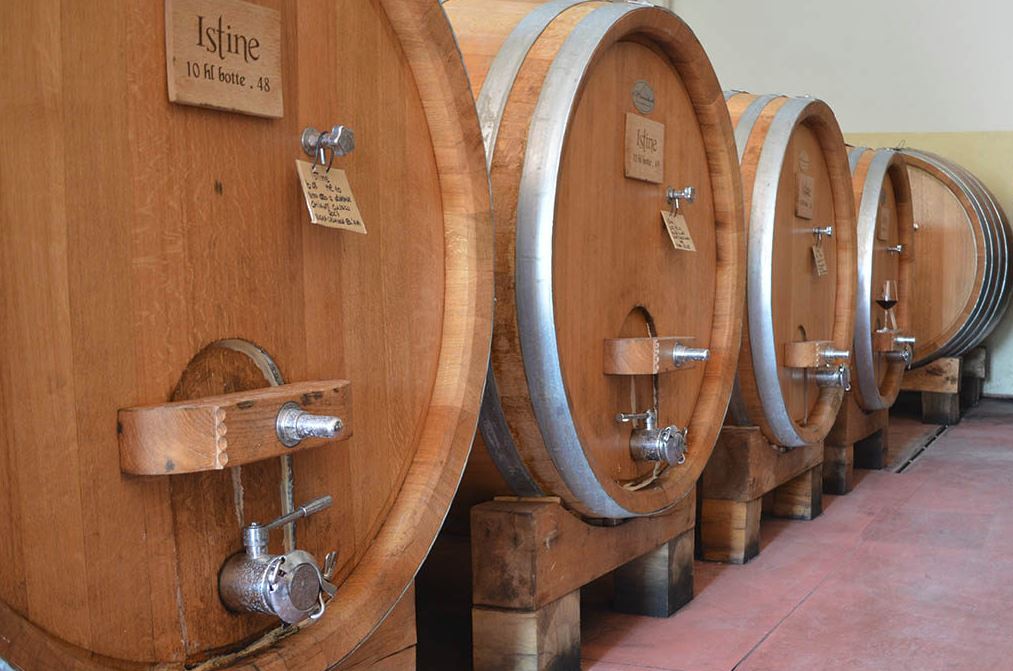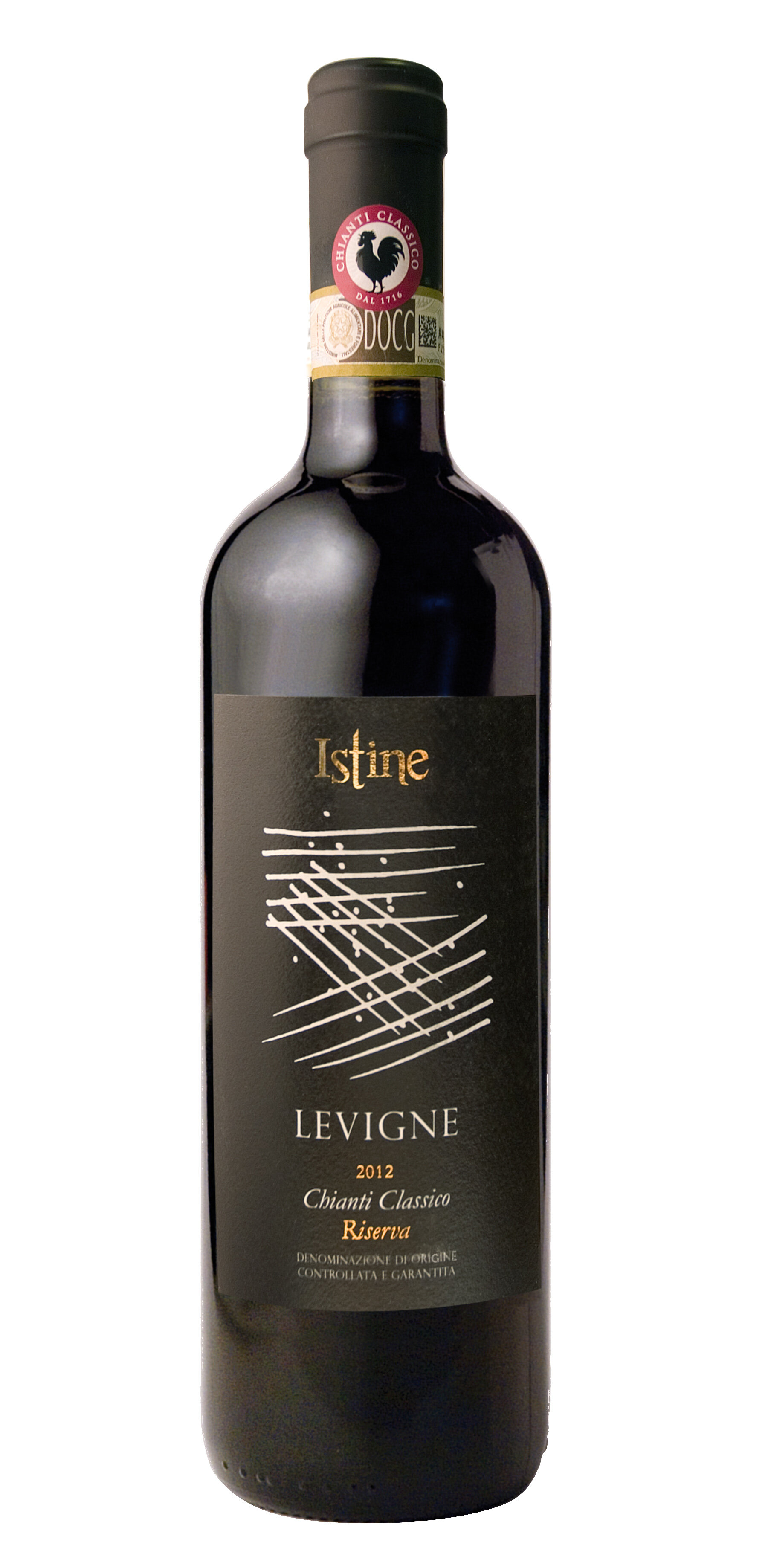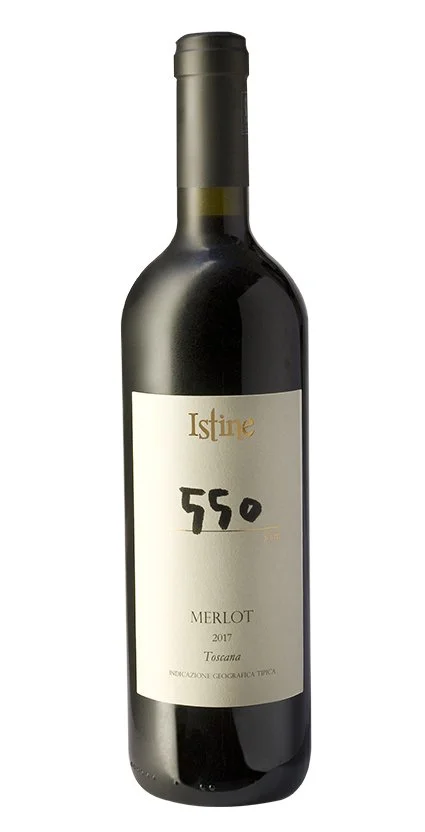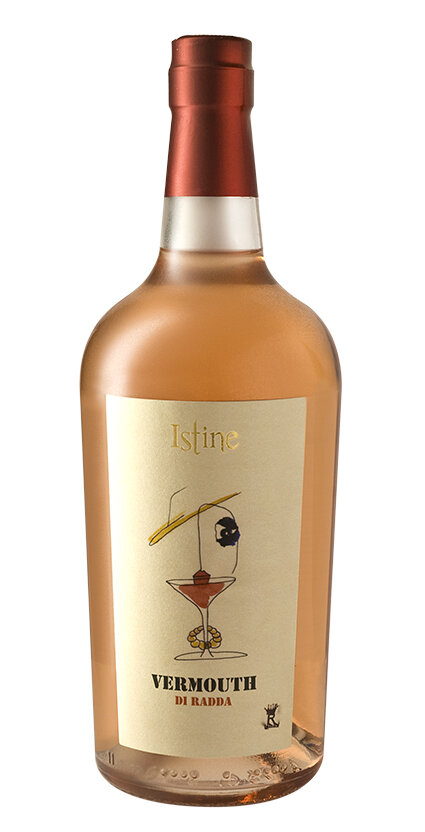For decades the Fronti family has specialized in vineyard development and management for famous Tuscan wineries. The family also owned small vineyard plots in the Chianti Classico area, mostly in Radda with some in Gaiole. Some bulk wine was produced, but it wasn’t until Angela Fronti graduated from Enology school and convinced her father and uncle that they needed their own label that Istine was born. Their first wine was the 2009 Chianti Classico, of which less than 250 cases were made with fruit from the eponymous Istine vineyard.
Istine only works with autochthonous varieties - today’s wines are 100% Sangiovese but they also have Cannaiolo and Malvasia Nera vines. Always working naturally, Istine has been certified organic since 2016. The wines are aged the old-fashioned way, in large 20hl botti grandi of neutral oak, after a prolonged skin maceration that can last as long as six weeks! Production is small - only about 60-70,000 bottles and the family does not envision expanding much. Their 26 hectares of galestro (rocky schist) and alberese (sandstone) are some of the highest-elevation vineyards around: some 400-600 meters above sea level, which exactly suits their pure, linear aesthetic.
The vineyards are fragmented, in different zones with distinct characteristics. From the 2012 vintage, Angela began a project of separate vinification of Sangiovese depending on the vineyard of origin. Now, in addition to the Istine Chianti Classico, they make three different 'crus' of Chianti Classico coming from three distinct vineyard sites: the Istine Vineyard - between Radda and Castellina, the Casanova dell’Aia Vineyard - near Radda, and the Cavarchione Vineyard - in Gaiole. Each of the cru wines is vinified the same way in order for the distinct characteristics of each terroir to shine through. The most representative lots are bottled with the name of their vineyard of origin, while the rest become part of the Chianti Classico, or Riserva Le Vigne. Consequently not all of the crus are produced every year (for example, no Casanova dell’Aia was produced in 2016). The graphics on the cru labels are stylised representations of each respective vineyard. The single-vineyard project is central to Istine’s identity and serves to distinguish them among their peers. The Chianti Classico Riserva Le Vigne forms the pinnacle of their lineup and is produced in exceptional years from a blend of the three named vineyards, aged in Austrian oak from the prestigious Stockinger firm, and a small amount of delectable Sangiovese Rosato has been made since 2012.

